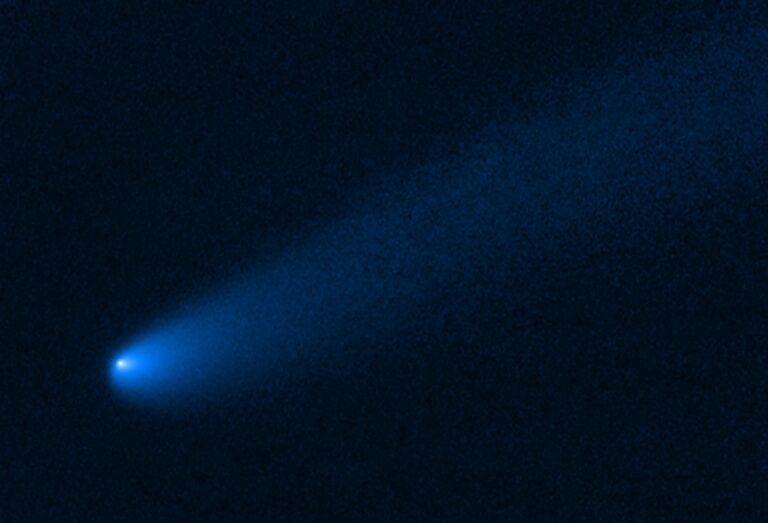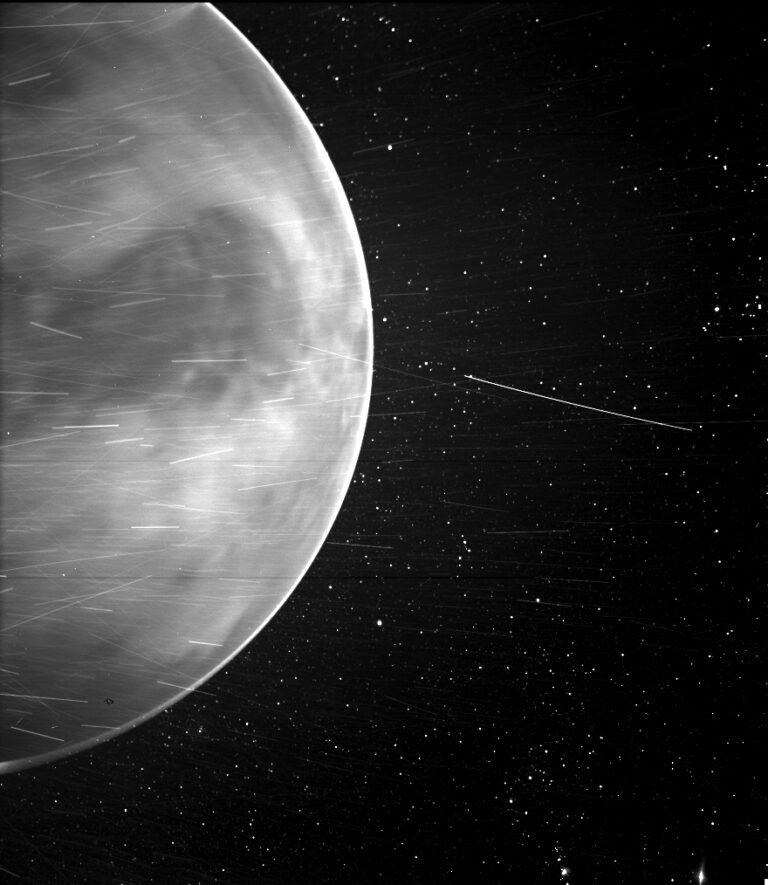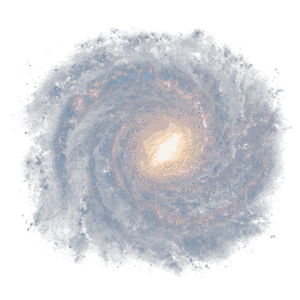The Downlink • Mar 05, 2021
Cosmic streaks, smudges, and fuzz
You love space, now take action
This weekly newsletter is your toolkit to learn more about space, share information with your friends and family, and take direct action to support exploration. Anyone can subscribe at planetary.org/connect to receive it as a weekly email.
Mission Briefings


Jupiter’s gravity has captured a comet. NASA’s Hubble Space Telescope snapped this photo of the icy visitor and its smudge of a tail. The comet was drifting sunward when Jupiter’s gravity pulled it into a parking spot near a family of asteroids called Trojans that share Jupiter’s orbit around the Sun. NASA’s Lucy mission launches in October 2021 on a mission to visit 6 Trojan asteroids between 2025 and 2033. Image credit: NASA, ESA, and B. Bolin (Caltech).

Also on track to launch in October 2021: the James Webb Space Telescope. NASA said this week that Webb cleared more key tests the observatory must pass before heading to the launch pad. Next up: technicians will fold Webb’s sunshield and deploy its mirror for the final time. Learn more about the mission.

SpaceX's Starship rocket took off and landed successfully. The giant new rocket, which could one day carry people to Mars, was conducting its latest high-altitude test flight in Texas. The rocket landed in one piece for the first time ever but exploded minutes later. An unexpected flame appeared in the engine section just before touchdown.

NASA astronauts Kate Rubins and Victor Glover completed a spacewalk outside the International Space Station. The duo installed hardware that will hold new supplemental solar arrays expected to arrive at the ISS later this year. The existing solar arrays make the station one of the easiest artificial objects to spot in the night sky.
From The Planetary Society


Stand up for space! Join our virtual Day of Action on 31 March 2021. If you live in the U.S., we'll connect you directly with your representatives in Congress to advocate for the future of space science, exploration, and planetary defense. If you live elsewhere, you can still take action. Pledge to join this global effort and we'll follow up with resources to help you stand up for space wherever you live.

You may benefit from more NASA technology spinoffs than you realize. Cleaning up water pollution, inventing inexpensive ventilators for hospitals, turning waste plastic into sidewalks, and making baby formula more nutritious—these and thousands of other innovations have come directly from research and development for space exploration. This week’s Planetary Radio explores many such spinoffs with NASA technology transfer program executive Daniel Lockney.
What's Up

Mars and the star Aldebaran both shine bright and reddish in the evening sky, getting closer to each other over the next week. With binoculars you can spot the Pleiades star cluster nearby as well. In the predawn sky you can find Jupiter, Saturn, and Mercury very low to the eastern horizon. Learn more at planetary.org/night-sky.
Dynamic Worlds for Your Home

We’re partnering up with MOVA Globes to release an exclusive Planetary Society design featuring Saturn’s moon Enceladus (pictured, coming soon). MOVA Globes rotate using only light and Earth’s magnetic field. For each Enceladus sold, MOVA Globes will donate 20% of the proceeds to support The Planetary Society. MOVA is also introducing a special Planetary Society collection featuring Vesta, Mars, Titan, and Earth's Moon. Purchase any globe in the collection with the code PLANETARY, and MOVA will donate 10% of the purchase to The Planetary Society. Check out all the details at movaglobes.com/tps.
Wow of the Week

This image from the Kitt Peak National Observatory’s 0.9-meter telescope in 1975 shows the almost impressionistic nebulosity of the Pleiades star cluster, a fuzziness that you can see with the naked eye from Earth. Radio and infrared observations in the 1980s established that this nebulosity was caused by an encounter between the star cluster and an interstellar cloud. New data from KPNO suggest that the Pleiades are actually encountering two clouds, giving rise to a unique three-body collision in the vast emptiness of interstellar space.
Do you have a suggestion for the Wow of the Week? We’re looking for space-related art, music, gadgets, quotes, fashion, burning questions, brief sci-fi passages, or anything else that will make our readers go “Wow!” Send us your idea by replying to any Downlink email or writing to [email protected], and please let us know if you’re a Planetary Society member.


 Explore Worlds
Explore Worlds Find Life
Find Life Defend Earth
Defend Earth



